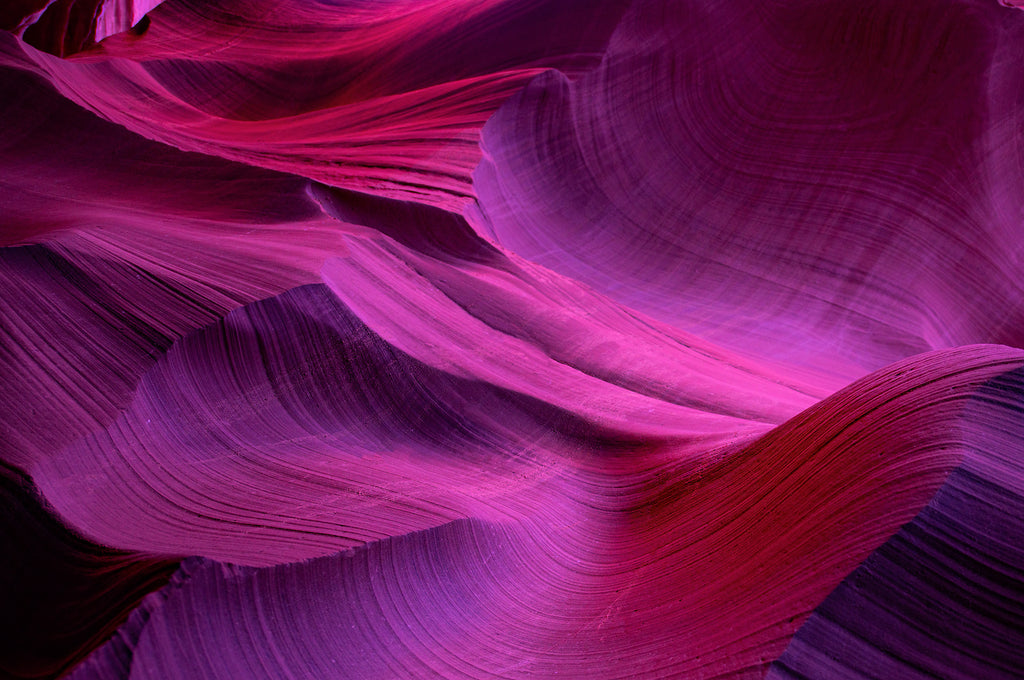Black and White Landscape Photography

Landscape photography is an art form that can be captured in any number of ways. It's not always about perfect lighting or a beautiful sunrise, but rather the photographer's interpretation of nature and how he or she wants to show it off. Beautiful black and white landscape photographs are one way to do this. When you take away color, your eyes are drawn more naturally to the shapes, textures, lines, shadows, and highlights that make up the image. This type of photography has been around for quite some time because it is timeless. Black-and-white images have never gone out of style. Black-and-white landscape photos are often dramatic with deep contrasts between light and dark areas.
In my opinion landscape photography is defined by the following three elements (although not every landscape photo contains them): foreground, background, and sky. When you shoot in black and white, all three functions will change. First, landscape photographers usually choose their prospects based on their creativity. This still applies to black and white, but now it becomes more important to find objects with prominent brightness in the surrounding environment, especially objects with strong shapes or leads.
In addition, there are intermediate backgrounds and backgrounds. For black and white images, it is always difficult for me to avoid large and uninteresting uniform gray bands in the photo. This is the main reason why I rarely convert macro photos to black and white: their colored defocused background will turn into endless gray. Similarly, if the background of a landscape photo has only a small color contrast, you will lose the nuances of black and white. For example, since the background is built on purple contrast, I will never convert the following image to black and white:





